Introduction to the characteristics of Honduran Shirley Coffee in the way of dealing with whisky and Shirley Coffee
The Honduran Shirley Coffee is neither sour nor bitter, with a strong milk flavor, whisky, almonds and chocolate in the mouth, and maple sugar in the back, so the Honduran Shirley Coffee will be very popular. And the Honduran sherry coffee on the front street has always been a favorite of coffee friends.
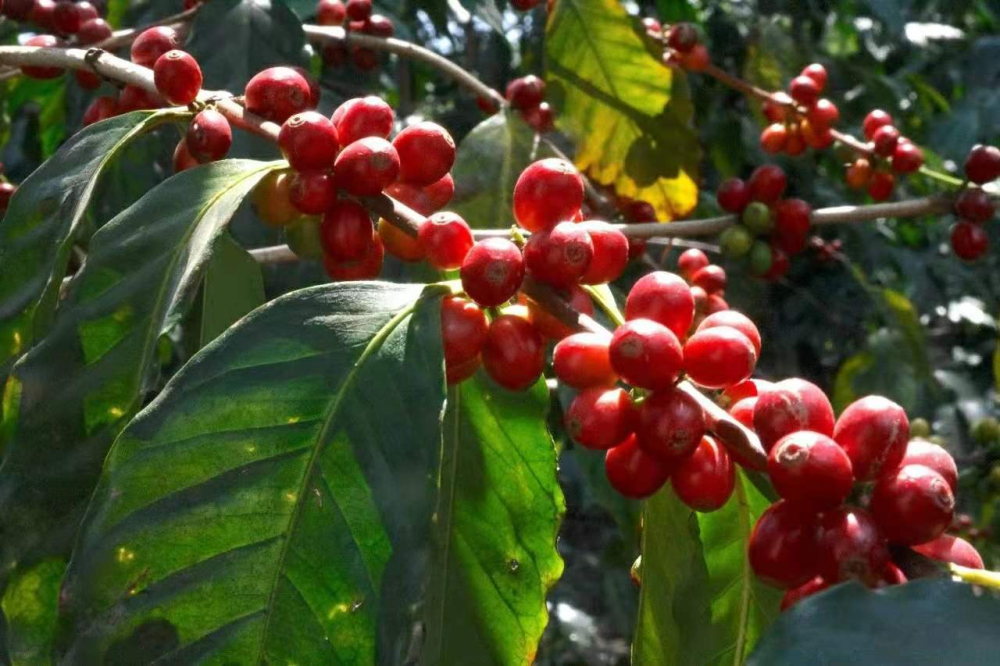
Honduran coffee beans were not well known at first, until the advent of barrel-processed sherry coffee and lychee orchid coffee, everyone was impressed by the coffee beans in this country. In fact, the first to use buckets to ferment coffee is the Columbia San Jose Manor, the owner of the San Jose estate in addition to the coffee estate, but also engaged in the production of rum oak barrels and the production of rum. Once his wife Monsalve Botero had an idea when she was helping to fill the distillate into a barrel to ferment. If the coffee beans were fermented in the finished oak barrel, could they also produce the same flavor as the wine? As a result, Monsalve Botero has been experimenting with low-temperature fermentation of coffee using Colombian oak barrels of different years since 2013. So in 2017, she successfully produced the ideal combination she wanted. Such as the San Jose coffee on the front street.
Honduras is an ideal place for coffee growth. it is located in the north of Central America, the Caribbean Sea to the north, the Gulf of Fonseca in the Pacific Ocean to the south, Nicaragua and El Salvador to the east and south, and Guatemala to the west. Therefore, its topography is mostly mountainous and plateau, belonging to tropical climate, mild temperature and abundant rainfall, which is very suitable for the growth of coffee.
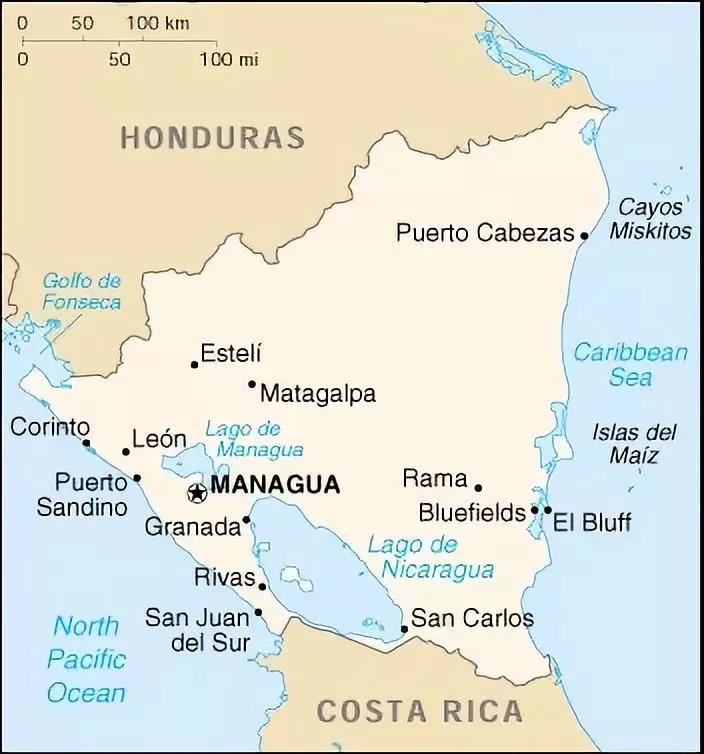
Honduras is located in the north of Central America, bordered by Nicaragua and El Salvador in the east and south, and Guatemala in the west, mostly mountains and plateaus, about 1500 meters above sea level, with a tropical climate, with an average temperature of 16 mi 20 ℃ and abundant rainfall, which is conducive to the cultivation of coffee. Coffee in Honduras is grown mainly in a small family model, of which 70% of small farms are less than 2 hectares. Honduran coffee features in the aroma can feel the elements of exotic spices, the latter part will be full-bodied with nut chocolate, the overall performance is balanced and layered.
Coffee producing areas in Honduras
Honduras has unique geographical advantages, such as high altitude, microclimate, abundant rainfall, fertile volcanic ash soil, etc., which make the coffee in Honduras rich in layers, rich and bright in tone, and excellent in quality. The part of the producing area is divided into six major producing areas-Copan á n, Opalaca, Mondesius (Montecillos), Comayagua (Comayagua), Akata (Agalta) and El Paraiso.
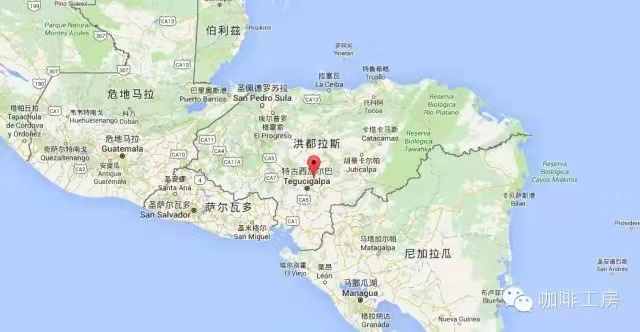
[Copan]
Copan production area is located between Honduras and Guatemala border, where the cultivation of more than 1000 meters above sea level, is one of the most famous coffee growing areas in Honduras. There are great differences in temperature and humidity in Copan producing area throughout the year. Honduran coffee in this producing area is characterized by aroma, sweetness and rich taste.
[Montesius]
Montecius is located on the border between Honduras and El Salvador. Due to the low temperature at night, the highest planting altitude can be up to 1600 meters, coffee cherries take longer to ripen, and the coffee fruit in Montecius is more sour and sweet.
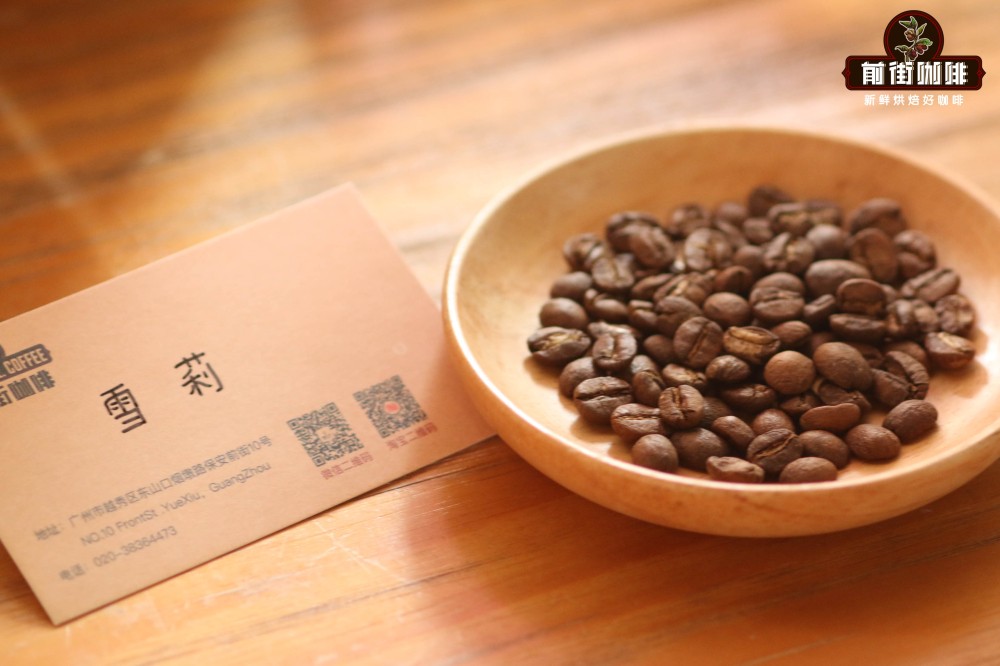
[Gongma Agua]
The yield of Gongma Agua is the highest in Honduras in 2016. The coffee growing area of Gongma Agua is located in the remote mountains of central Honduras, where the coffee is a blend of citrus and honey flavors, with a balanced sweet and sour taste and a smooth taste.
[Akata]

Most of the producing areas are forest reserves with superior ecological environment, but the elevation is slightly lower, between 1000 meters and 1400 meters, and belongs to tropical climate. The coffee produced in this area has the flavor of fruit and chocolate.
[Parasso]
Located on the border between Honduras and Nicaragua, it is the oldest and largest coffee producing area in Honduras. It is planted between 1000 and 1400 meters above sea level, and a coffee bean from Palaso won the championship at the Honduras Excellence Cup (COE) in 2017.
[Obalaka]
The western part of the producing area is near the Copan producing area, and it is planted at a slightly higher altitude, giving the coffee beans in the producing area a strong aroma and a tropical fruit flavor. The more famous sub-producing areas under the main producing areas are the producing areas of Masaguara.
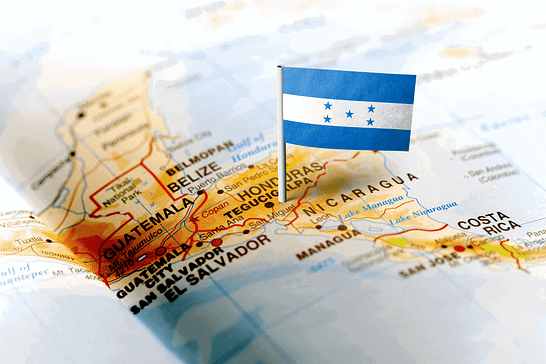
On the front street, there are two coffee beans from Honduras. Shirley Coffee beans and Litchi Orchid Coffee beans come from Moca Manor in Masaragua, Honduras. Masaguara is a municipality in the province of Intibuc á in Honduras, south of the Jes ú sdeOtoro valley, surrounded by mountains and hills, focused on coffee growers and the main engine of the local economy. The area corresponding to the valley is dedicated to growing basic grains and livestock. The origin of his name: according to Mr. AlbertoMembreo's "indigenous place name", Masaguara means "place with deer". Moca Manor is just a small estate in the high altitude area of Masaguarari.
Honduran coffee bean varieties
Most of its coffee varieties are introduced by IHCAFE, such as those introduced from neighboring countries in the 1970s, such as Pacas Pacas in El Salvador, Vera Saatchi Villa Sarchi in Costa Rica and Kaduai Catuai in Guatemala. In addition, two varieties of Lempira and IHCAFE 90 were developed in the 1990s to have both disease resistance and quality of coffee. With the development of society, Honduras has made great improvements in processing technology and transport capacity. According to Qianjie, Honduras has become one of the top ten coffee producers in the world and the second largest Arabica coffee producer in the world.
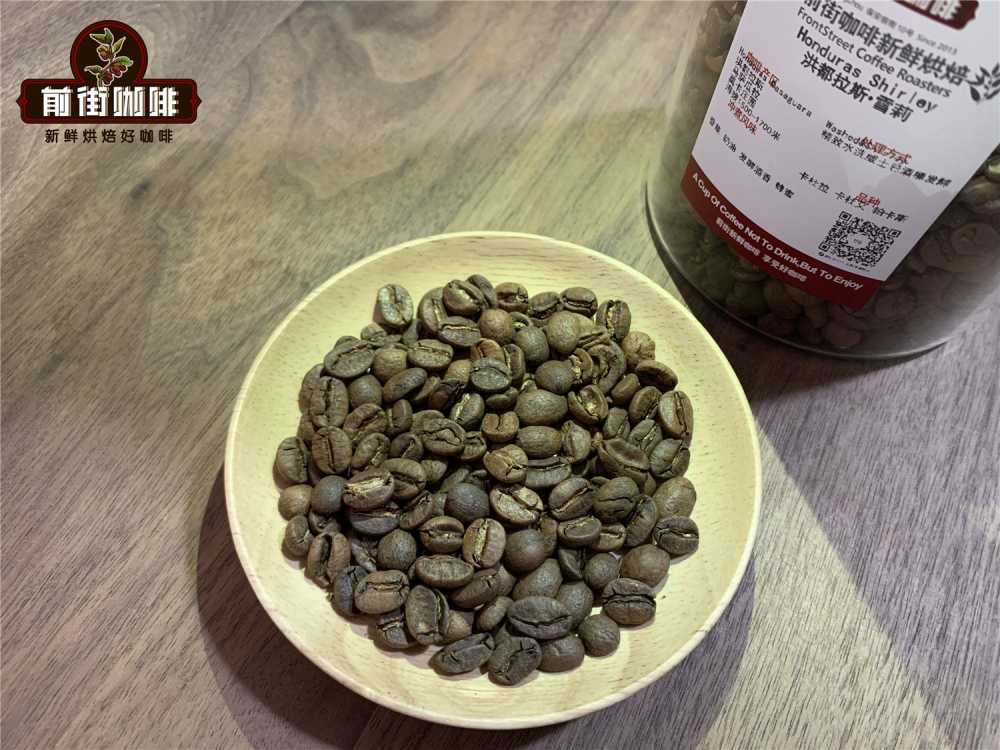
This terrain and climate are very suitable for growing varieties of bourbon, iron pickup, Kaddura, Kaduai and Pacas, which are also mainly grown in Honduras.
Kaddura, a natural variety of bourbon, was discovered in Brazil in 1937. Its tree is not as tall and shorter as bourbon. Due to inheriting the blood of bourbon, the resistance is relatively weak, but the yield is higher than that of bourbon. Although found in Brazil, Kaddura is not suitable for growing in Brazil, so it is not planted on a large scale in Brazil, but is popular in Central and South America, such as Colombia, Costa Rica and Nicaragua.
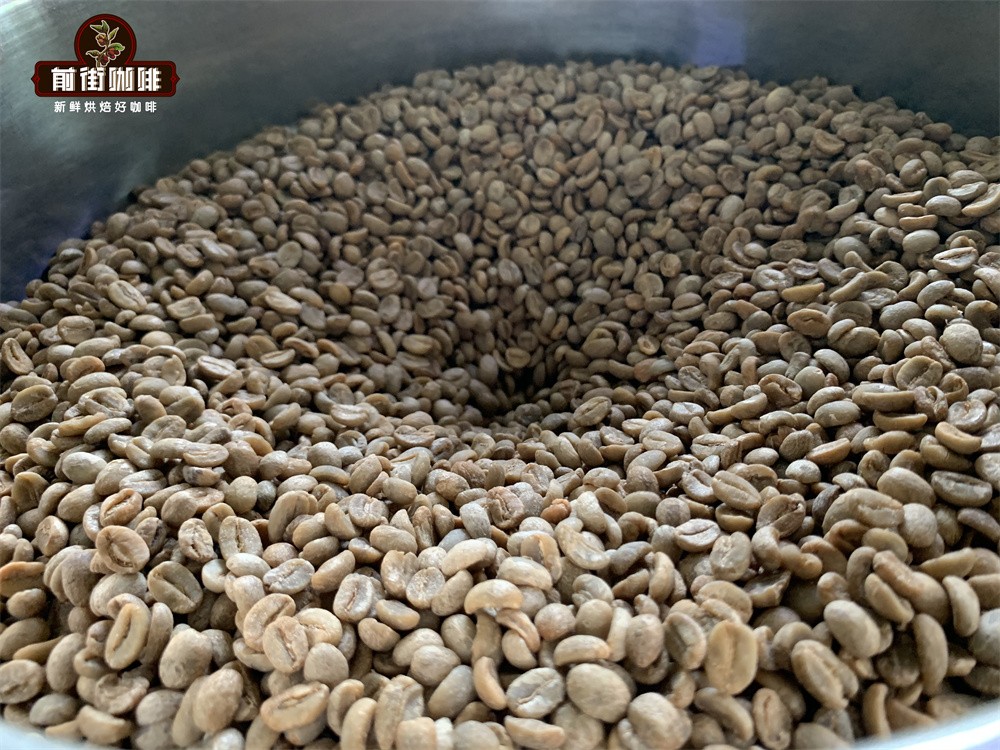
Kaduai is an artificial hybrid of Kaddura and Mondu Novo. Kaduai has a good ability to resist natural disasters, especially wind and rain. Kaduai tree species are relatively low, compared with other coffee trees, the fruit of Kaduai is stronger and harder to pick, and the fruit is both red and yellow.
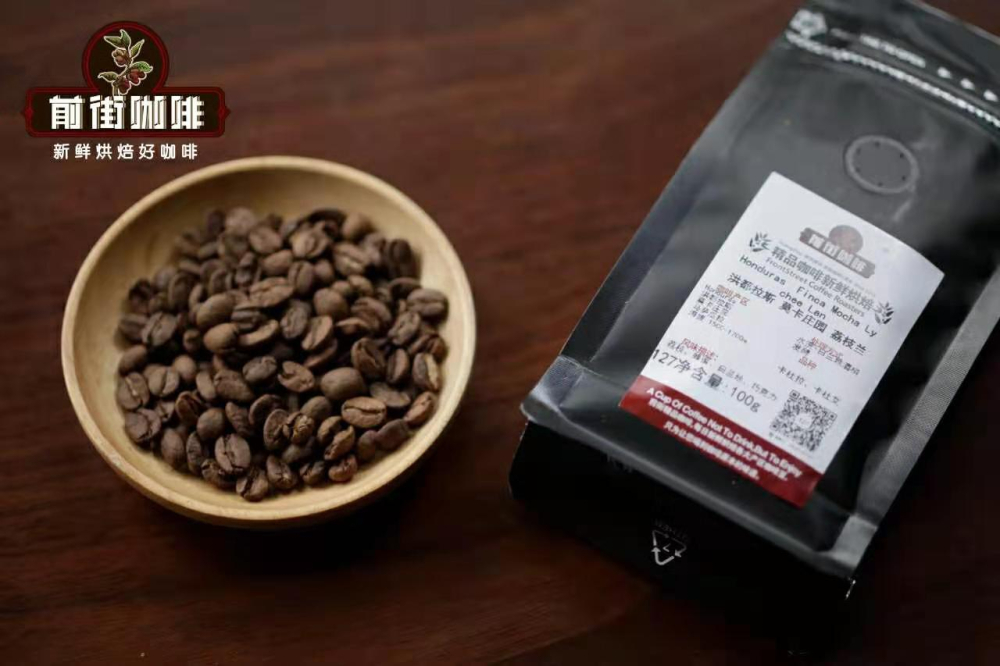
Pacas is a natural variety of bourbon. Like other widely cultivated low-bourbon varieties, Pacas is a single gene mutation. It is low mainly because the coffee tree is small and has high and low yield potential, so it can be mixed with other fruits and other plants to increase the yield of coffee fruit. The variety was found in 1949 on a farm of the Pacas family in the Santa Ana region of El Salvador. In 1960, the Salvadoran Coffee Institute (ISIC) began a pedigree selection project for Pacas (through successive generations of individual plant selection, also known as individual plant selection). It is popular in Central America and widely cultivated in El Salvador, accounting for about 25% of its production. In 1974, the Honduran Coffee Institute introduced this variety and planted it in Honduras.
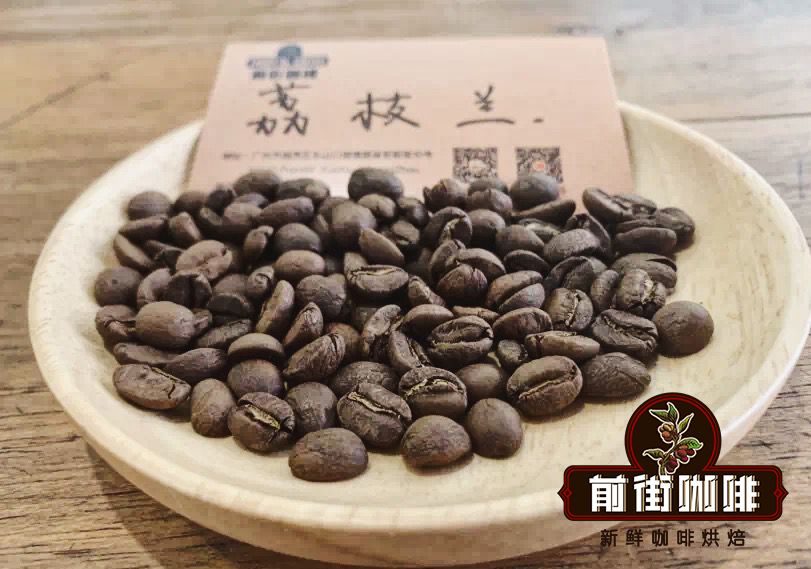
In recent years, the trend in the coffee industry began to start from the post-processing method of raw beans, and developed a lot of new and strange patterns, such as "red wine treatment", "lactic acid fermentation", "double washing", "special strain treatment" and so on. This Honduran-Shirley coffee is also a special post-processing coffee. The coffee produced in Honduras used to be rich in sweetness and moderate in taste, but it lacks attractive imported aroma. Coffee from Honduras used to be rich in sweetness and moderate in taste, but lacks attractive entrance aromas. In order to achieve the entrance aroma, the processing plant began to study ways to increase the aroma, followed by the low-temperature fermentation of this Honduran-Shirley whisky barrel.
What is the barrel fermentation method?
The barrel fermentation method draws lessons from the wine technology, and its greatest influence on the wine is that the wine stabilizes the wine structure through moderate oxidation, and integrates the aroma of the barrel into the wine, which also plays a similar role in the process of coffee fermentation. The barrel can let a very small amount of air through the barrel wall and infiltrate into the barrel to produce moderate oxidation of coffee beans. The entry of appropriate amount of oxygen also accelerates the fermentation of coffee and softens the tannin. At the same time, it also makes the fresh fruit aroma gradually brew into a rich and changeable ripe wine flavor. The moderate hardness of the barrel ensures good water resistance and storage safety. In addition, the barrel contains a certain amount of tannin. When the raw coffee beans are stored, the tannic acid in the bucket will also seep into the raw beans inside, making the coffee layered and full-bodied.

Whisky barrel fermentation:
The picked coffee cherries are first delicately washed, then put into whisky buckets for low temperature fermentation for 30-40 days (about 15-20 ℃), and then dry in the shade. This treatment is called exquisite washing whisky. Sherry barrels are fermented.
What kind of whisky barrel is used in whisky barrel fermentation?
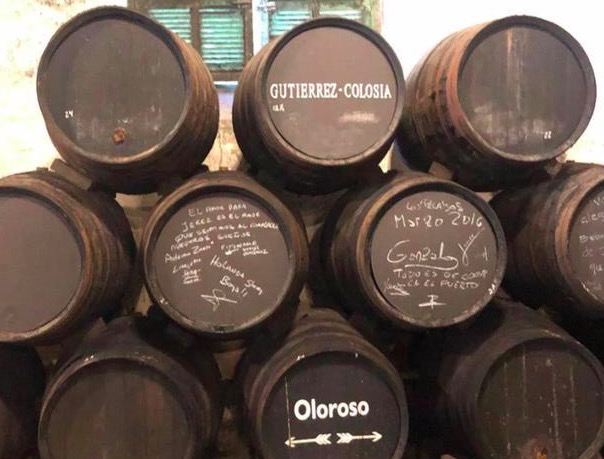
All the barrels are stacked according to the age, with the oldest sherry at the bottom and the youngest sherry at the top. Each year, part of the wine is extracted from the bottom barrel for bottling and sale, and then the appropriate proportion of the wine is extracted from the upper barrel to replenish it, which is the unique feature of sherry. On the other hand, the whisky barrel used by Shirley coffee beans is in the middle, which is not old or young, because the whisky oak barrel itself will not absorb the wine too strong or too insipid, which can be said to be just right.
Parameters for brewing Honduran coffee on the front street:
Qianjie Coffee is a Shirley-scented coffee bean brewing way, because the flavor of this bean is obvious vanilla cream aroma when tested in the cup, so in order to highlight its sweetness, Hario V60 is selected to brew. V60 filter cup due to the fast flow rate, can make the extracted coffee flavor level clear, aroma obvious.
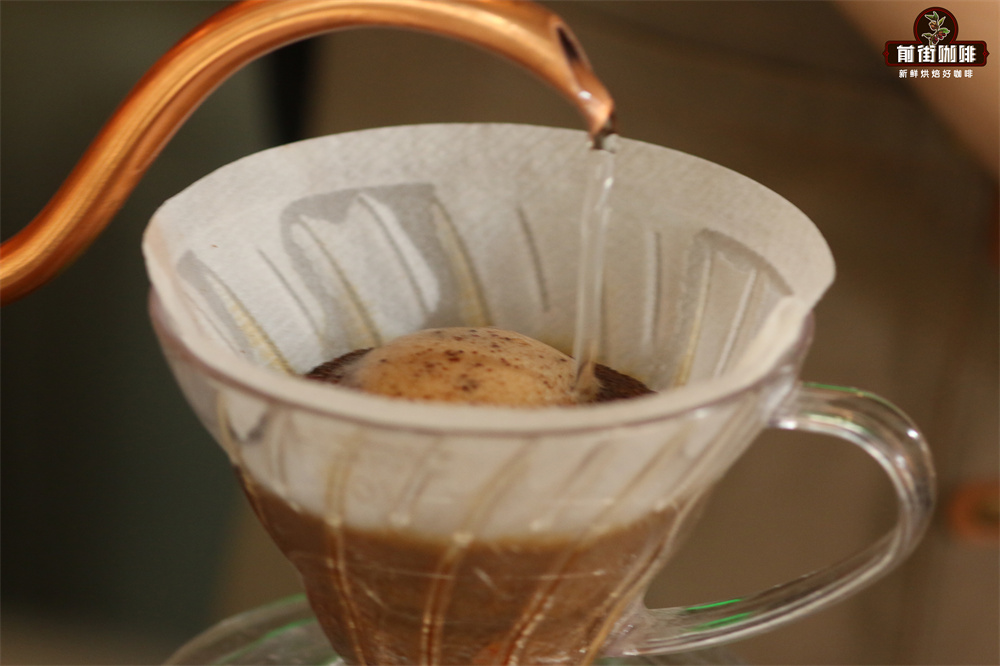
V60 filter cup can be used when brewing, powder-water ratio at 1:15, medium grinding (about the size of coarse sugar / 80% screening rate of China 20 standard sieve), water temperature of 91 degrees.
The use of segmented extraction, with twice the amount of coffee powder water for steaming, that is, 30 grams of water for 30 seconds, and the reason for the need for steaming process is to make coffee powder can discharge the internal carbon dioxide gas, so that the latter stage of the extraction is better stable. When the small water is injected around the circle to 125 grams, the injection will be stopped until 225 grams, then the filter cup will be removed after the dripping of the filter cup, and the extraction time will be 2 minutes 39 grams. Next, pick up and shake the whole cup of coffee, then pour it into the cup and taste it.
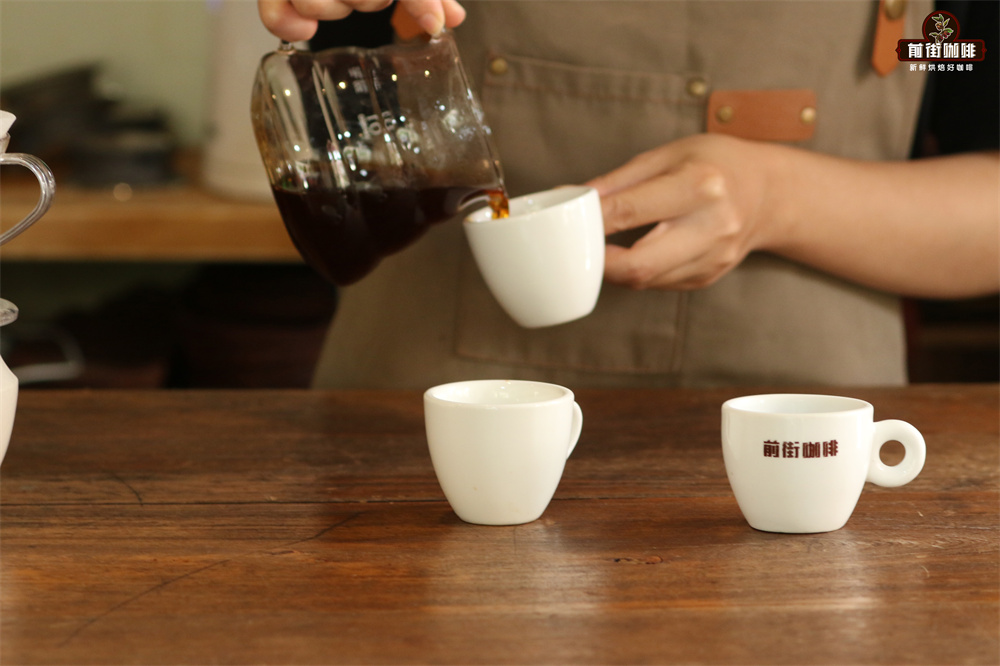
The flavor of Honduran Shirley Coffee: vanilla and cream aromas in the front, whisky, berries, dark chocolate in the mouth, and maple syrup in the finish.
Honduran litchi orchid coffee flavor characteristics: imported litchi, brandy, cream, after cooling, the wine and dark chocolate taste is obvious, the taste is thick, the aftertaste honey is obvious.
Suggestions for making coffee in front of the street:
For the brewing of coffee, Qianjie has always believed that the freshness of coffee beans has a great relationship with the flavor of coffee, so the coffee beans shipped in Qianjie coffee are roasted within 5 days. The purpose of Qianjie roasting is "freshly roasted coffee", so that every guest who places an order is the freshest coffee when he receives it. The bean cultivation period of coffee is about 4-7 days, so when the guest gets it, it is the time when the flavor is the best.
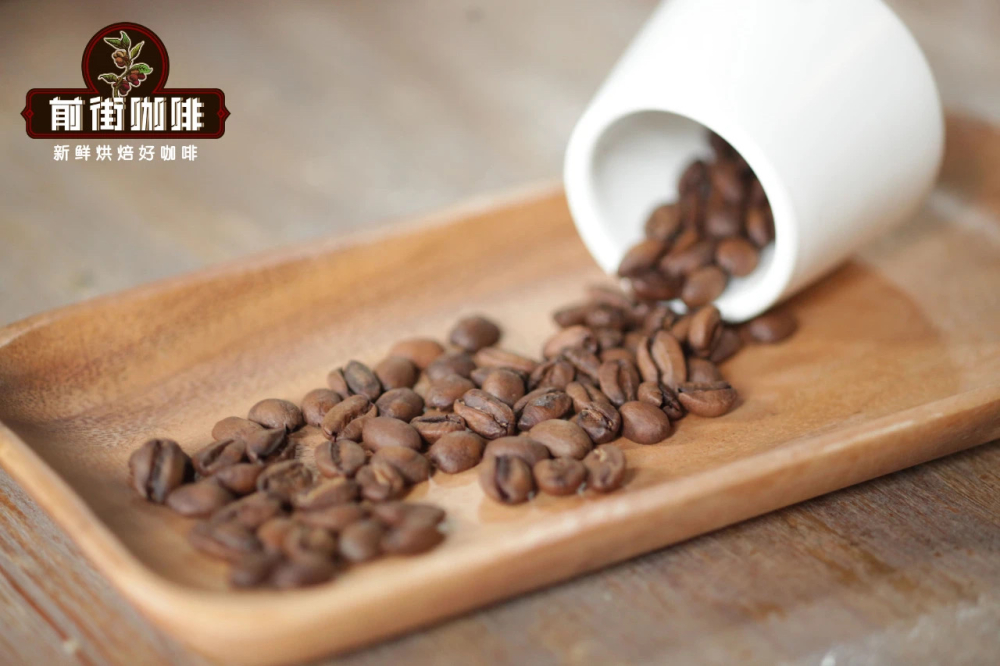
For those who need to be ground, Qianjie warmly reminds you that if the coffee beans are ground in advance, there is no need to raise the beans, because in the process of transportation, the pressure caused by carbon dioxide in the package can also make the coffee flavor round. so you can drink a cup of coffee as soon as you receive the coffee powder. But the coffee powder needs to be brewed in time, because the coffee powder oxidizes more quickly after contact with the air, that is to say, the flavor of the coffee will dissipate more quickly, and the flavor of the coffee is not so good. Therefore, Qianjie suggests buying whole beans, grinding and flushing now, so that we can better taste the flavor of coffee.
Professional coffee knowledge exchange more coffee bean information please follow the coffee workshop (Wechat official account cafe_style)
For more boutique coffee beans, please add private Qianjie coffee on Wechat. WeChat account: qjcoffeex
Important Notice :
前街咖啡 FrontStreet Coffee has moved to new addredd:
FrontStreet Coffee Address: 315,Donghua East Road,GuangZhou
Tel:020 38364473
- Prev
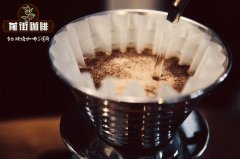
What is the flavor of coffee beans treated with raisins? where is the price of coffee beans treated with black honey
Professional coffee knowledge exchange more coffee bean information please follow the coffee workshop (Wechat official account cafe_style) Front Street-Coffee White Honey treatment conditions requirements: honey treatment is a more complex, time-consuming and difficult processing method. The first step is to select high-quality fruit, then peel off the pulp and leave the endocarp (pectin), where the endocarp is the honey.
- Next

Does whisky barrel fermented coffee really smell like alcohol? how did coffee barrel treatment come from?
For more information on coffee beans, please follow the front street of the coffee workshop (Wechat official account cafe_style)-brief introduction to whisky barrel handling. This bean-Shirley is from Honduras. Washing-Whiskey Shirley barrel low temperature fermentation treatment of this bean is that the old oak barrel is used to wash the freshly picked coffee fruit and put it into it.
Related
- Beginners will see the "Coffee pull flower" guide!
- What is the difference between ice blog purified milk and ordinary milk coffee?
- Why is the Philippines the largest producer of crops in Liberia?
- For coffee extraction, should the fine powder be retained?
- How does extracted espresso fill pressed powder? How much strength does it take to press the powder?
- How to make jasmine cold extract coffee? Is the jasmine + latte good?
- Will this little toy really make the coffee taste better? How does Lily Drip affect coffee extraction?
- Will the action of slapping the filter cup also affect coffee extraction?
- What's the difference between powder-to-water ratio and powder-to-liquid ratio?
- What is the Ethiopian local species? What does it have to do with Heirloom native species?

